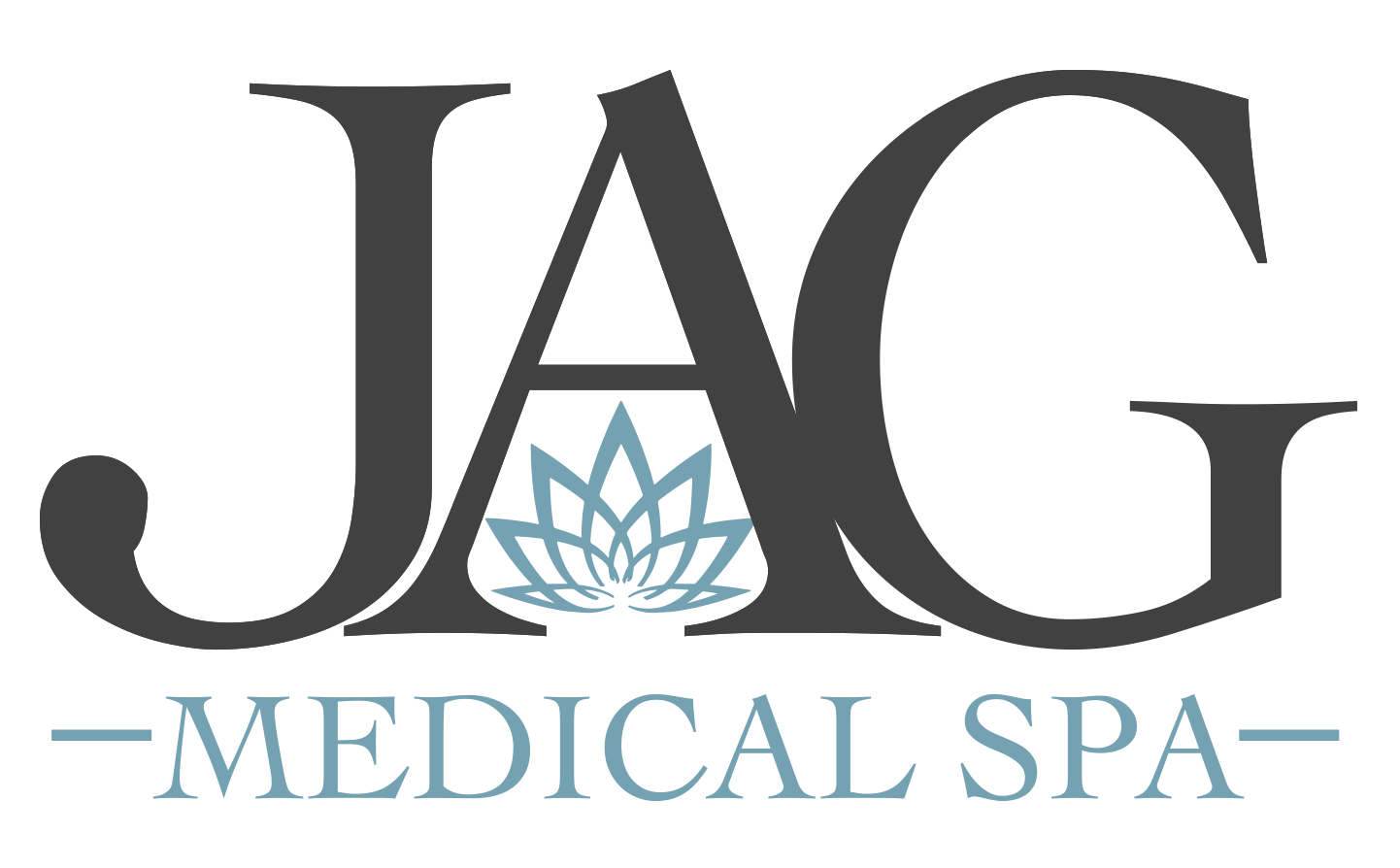Skin tightening treatments are an excellent option for offering advanced solutions that defy aging and enhance skin elasticity without the invasiveness of surgery. Among these revolutionary treatments, fibroblasting and traditional skin tightening techniques stand out. Each method brings its unique approach to revitalizing your skin, but choosing the right one can be daunting. We wanted to do a deep dive comparing fibroblasting and other traditional skin tightening methods for you. We'll cover their effectiveness, suitability, and more to help you make an informed decision that best fits your unique skin type and concerns.
What is Fibroblasting?
Fibroblasting, also known as plasma fibroblast therapy, is a cutting-edge, non-invasive procedure that has gained popularity for its precision and effectiveness. This treatment uses a plasma pen that discharges a high-frequency electric arc to the skin, which causes superficial damage and induces tissue retraction and tightening. This process, often described as "sublimation," encourages the natural production of collagen and elastin, crucial proteins for maintaining youthful and resilient skin. The precision of the plasma pen allows practitioners to target specific areas of concern without affecting the surrounding tissues, making it an excellent choice for delicate areas like the eyelids and around the mouth.
Understanding Traditional Skin Tightening Methods
Traditional skin tightening methods encompass a range of treatments, including laser therapy, radiofrequency (RF), and ultrasound technology. Unlike fibroblasting, these methods generally work by heating the deeper layers of the skin. The heat stimulates the skin's natural healing process, promoting the production of new collagen and elastin. These treatments can be tailored to suit different skin types and are particularly effective for treating larger areas. Laser treatments, for instance, use concentrated light to heat skin tissues, while radiofrequency employs electromagnetic waves, and ultrasound uses sound waves.
Comparing Fibroblasting and Traditional Skin Tightening
When it comes to effectiveness, both fibroblasting and traditional skin tightening methods have shown promising results. However, their applications might differ based on the area treated and the specific skin concerns addressed. Fibroblasting is highly effective for more precise, targeted areas that require detailed attention, such as sagging eyelids or defined wrinkles. Traditional methods, while somewhat less targeted, are excellent for overall facial rejuvenation and are capable of treating larger skin areas.
Safety and side effects are also crucial factors to consider. Fibroblasting involves minimal invasion with a very controlled application, resulting in fewer risks of side effects such as hyperpigmentation, especially in lighter skin tones. In contrast, traditional skin tightening methods, while generally safe, might pose a higher risk of side effects, depending on the intensity of the treatment and the individual's skin type.
Cost is another important aspect. Generally, fibroblasting can be more cost-effective for small areas due to its specificity, whereas traditional methods might be more economically sensible for larger areas due to their broader application.
Ready to take the next step in your skincare journey? At JAG Medical Spa, we're here to help you explore all of your options to achieve the best possible outcomes for your skin. today to discover which skin tightening method is right for you and begin your path to a more youthful, vibrant appearance.
Suitability: Which Method is Right for You?
Choosing the right skin tightening treatment depends on several factors, including your skin type, age, and the specific skin concerns you want to address. For individuals with sensitive skin or specific, localized skin issues such as crow's feet or nasolabial folds, fibroblasting might be the ideal choice. For those looking for a more comprehensive treatment to enhance overall skin texture and tightness, traditional methods like RF or ultrasound might be preferable.
Age also plays a significant role. Younger skin, with its higher elasticity, might respond better to milder treatments like radiofrequency, whereas more mature skin might benefit from the intensive collagen stimulation of fibroblasting. Downtime and recovery are also shorter with fibroblasting, making it a suitable option for those with busy lifestyles.
Consulting a Professional
Given the variety of skin tightening options available, consulting with a skilled professional is crucial! We offer free consultations for all our services and treatments, including fibroblasting. If you’re not in Charleston or surrounding areas, a qualified practitioner can assess your skin condition and then discuss the best treatment plan tailored to your needs. When preparing for your consultation, consider asking about the practitioner's experience, the expected outcomes, and any pre- and post-treatment care recommendations!
Making an Informed Decision
Deciding between fibroblasting and traditional skin tightening methods is no small feat. Both options offer unique benefits and can significantly improve the appearance of sagging skin and wrinkles. By understanding the distinctions and considering your personal needs and skin condition, you can choose a treatment that will offer the best results for your skin.
